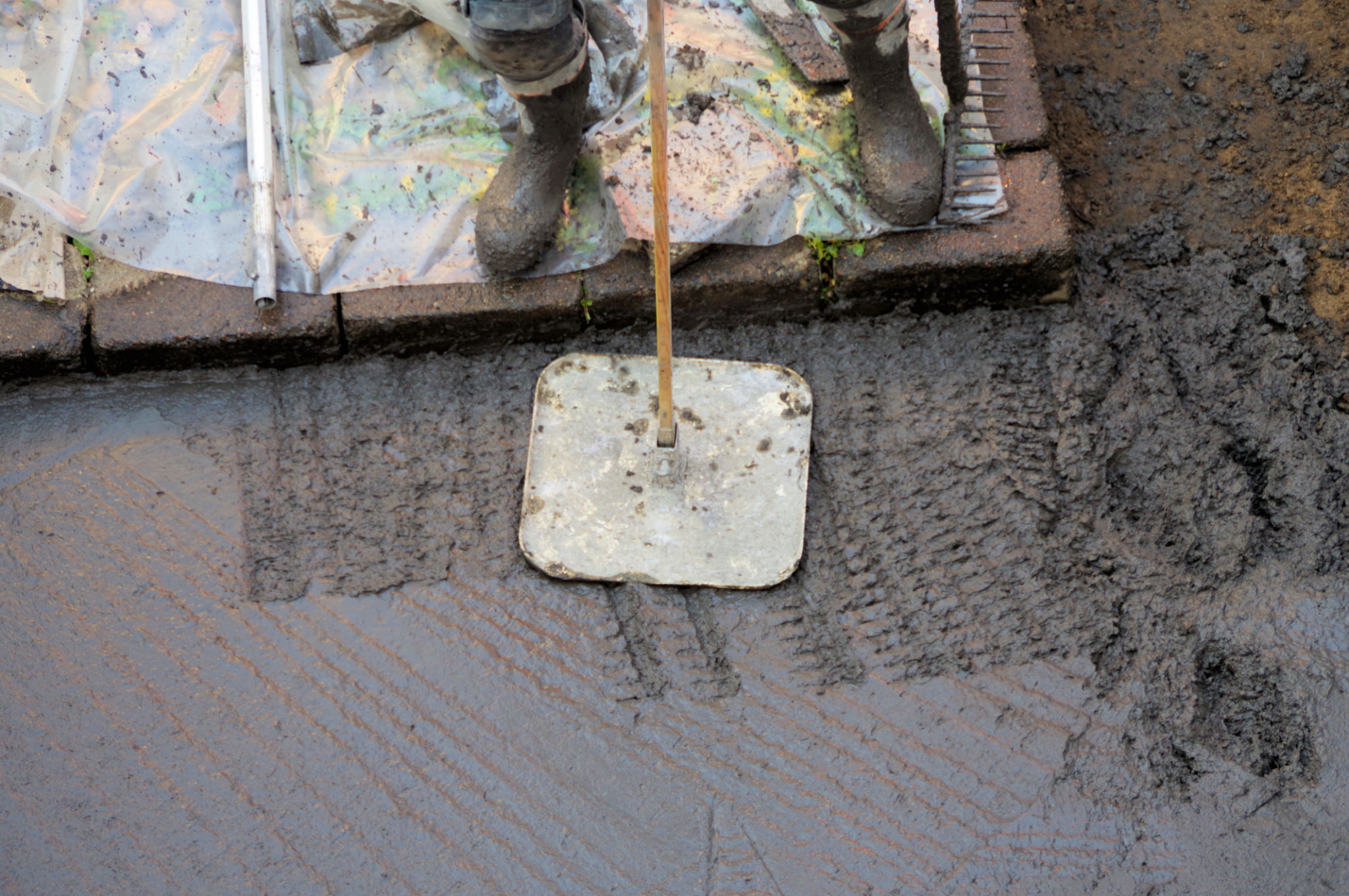Debunking Common Myths About Concrete Durability in Ontario
Understanding Concrete Durability in Ontario
Concrete is a versatile and widely used construction material, but misconceptions about its durability can lead to unnecessary concerns and misinformed decisions. In Ontario, where the climate poses unique challenges, understanding the realities of concrete durability is essential for both homeowners and industry professionals. This article aims to debunk some of the most common myths surrounding concrete durability in the region.

Myth 1: All Concrete Cracks Over Time
A prevailing myth is that all concrete inevitably cracks over time. While it's true that concrete can crack, it is not an unavoidable outcome. Cracking often results from poor installation, lack of control joints, or inadequate curing methods. By ensuring proper installation techniques and using high-quality materials, the risk of cracking can be significantly reduced.
Moreover, factors such as the mix design and water-to-cement ratio play a crucial role in the durability of concrete. Opting for a well-designed mix and ensuring proper curing can greatly enhance the lifespan and performance of concrete surfaces.
Myth 2: Concrete Cannot Withstand Ontario's Harsh Winters
Ontario's winters are known for their freeze-thaw cycles, which can be harsh on building materials. However, assuming that concrete cannot withstand these conditions is a misconception. Modern concrete mixes are designed with additives and techniques that enhance their resistance to freezing and thawing cycles.

Air-entrained concrete is particularly effective in this regard, as it contains tiny air bubbles that provide space for water to expand when it freezes, reducing the risk of cracking. Proper maintenance, such as sealing concrete surfaces, can also protect against moisture penetration and freeze-thaw damage.
Myth 3: Sealing Concrete Is Unnecessary
Another common myth is that sealing concrete is an unnecessary step. In reality, sealing is a crucial component of concrete maintenance, especially in environments like Ontario where de-icing salts and moisture can be prevalent. Sealers act as a protective barrier, preventing water and chemicals from penetrating the surface.
Regularly sealing concrete surfaces not only enhances their appearance but also extends their lifespan by protecting against stains, cracks, and chemical damage. It's advisable to reseal concrete every few years to maintain its durability and aesthetic appeal.

Myth 4: Reinforced Concrete Is Indestructible
While reinforced concrete is undoubtedly strong and durable, it is not indestructible. The steel reinforcement within concrete provides added strength, but it is still subject to corrosion if not properly protected. Chloride ions from de-icing salts can penetrate the concrete and corrode the steel, leading to structural issues over time.
To prevent this, using corrosion-resistant materials and ensuring adequate cover depth over the reinforcement is essential. Regular inspections and maintenance can also help identify potential issues before they become significant problems.
The Importance of Proper Installation and Maintenance
In conclusion, while there are many myths surrounding concrete durability in Ontario, understanding the facts can lead to better decision-making and long-lasting results. Emphasizing proper installation techniques, utilizing quality materials, and maintaining regular upkeep are key to ensuring concrete structures stand the test of time.
By debunking these common myths, we can appreciate the versatility and resilience of concrete as a building material capable of withstanding Ontario's challenging climate conditions.
